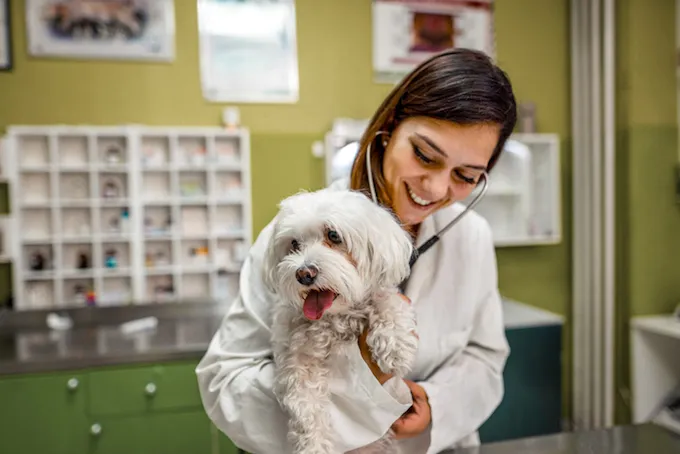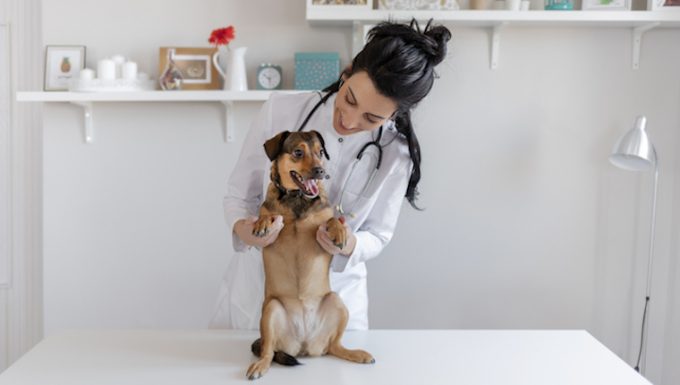Hormone replacement poisoning in dogs happens when a dog is poisoned by human hormone replacement therapy (HRT) products. Small dogs are affected the most.
Technically, the condition is also known as toxicosis with hormone replacement medidogions in dogs.
If you see the signs of hormone replacement poisoning in your dog, then get to a veterinarian for a proper diagnosis and treatment.
Here’s what you should know about the symptoms, causes, and treatments for the condition.
Symptoms of Hormone Replacement Poisoning in Dogs
The condition produces a wide range of symptoms. The symptoms are often different for male and female dogs.
For example, common female dog symptoms include:
- Swollen vulva
- Bloody discharge from the vulva
- Uterine infection
- Symptoms of estrus
Common male dog symptoms include:
- Swollen nipples
- Small penis
- Testicles shrinking
Additionally, both male and female dogs can experience these symptoms:
- Hair loss
- Diarrhea
- Vomiting
- Anemia
Causes of Hormone Replacement Poisoning in Dogs

The cause of the condition is a dog being exposed to human HRT products. For instance, gels, creams, patches, and sprays can be licked by dogs after application.
Generally, very small dogs are more likely to develop the condition. This is because of their small body weight.
Treatments for Hormone Replacement Poisoning in Dogs
Firstly, your vet will ask about your dog’s symptoms. Secondly, your vet will ask about any circumstances where your dog could have come into contact with HRT products.
Thirdly, a full physical examination will be carried out. Your vet will pay special attention your dog’s genitals.
Blood and urine tests will also be taken. Your dog’s estrogen levels can be measured this way.
Treatment focusses on removing your dog’s access to HRT exposure. Be warned that in some cases your dog’s symptoms may take weeks or months to clear up.
Generally, prevention is better than cure. Do not apply human HRT products to areas of the body that your dog can lick. Also, use gloves when applying HRT products (and throw the gloves away).
Have you ever cared for a dog who suffered from this condition? How did your vet help your dog recover? Let us know in the comments section below.









